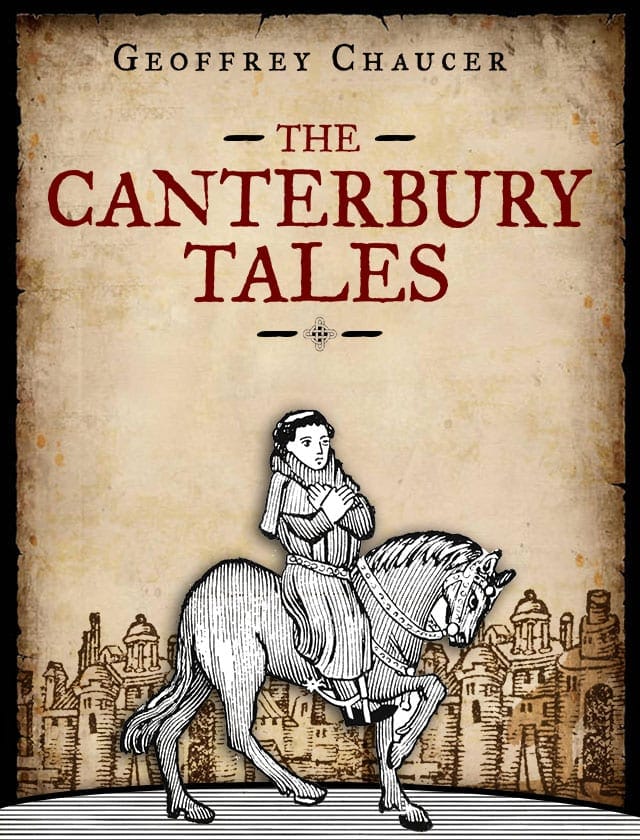James I of England, who was once king of Scotland, had already dealt with witch hunts and was considered to have experience in demonology. Weed states, “in 1603 he published in the form of a dialogue his own thoughts on witchcraft and the evils of Satan in Daemonologie. Over the course of the text, he debates the existence of witchcraft, its powers, and forms in which diabolical magic could manifest itself” (106). Therefore, during his reign, he allowed scholars to write books about demonology and the black arts. Consequently, this most likely brought an even bigger interest in the occult as discussed previously. Many people were tempted to invoke demons using the books, just as in the case of Dr. Faustus. His ambition was first displayed when he found the necromancy book and summoned Mephistophilis; he wanted to know all about the dark arts. Since his wisdom was based on his expertise in theology, he might have thought he could learn the opposite. Instead of being focused on religion, sacred texts, and culture, he could learn all about hell and its disciples. Thus, portraying a corrupted image of the doctrine and the beliefs of people.
Furthermore,
“Satan’s powers were indeed far beyond anything that man could hope to desire. His power led souls away from God but could not work true miracles as God’s almighty power did. Instead, Satan hoped to induce mistrust and deceit into society and disrupt the work that the pious Calvinists were attempting to do for God” (Weed 110).
Once Faustus signs the deal, throughout the play he wonders if he could still repent and ask for God’s forgiveness, or if he should accept his fate and resign himself that the twenty-four years are over. He should render his soul. The good and the evil angel support each idea respectively. However, in Act II, Faustus openly asks Mephistophilis what good will his soul serve the lord (Lucifer), and Mephistophilis answers that his lord wants to enlarge the kingdom. Then, Faustus asks if that is the reason he tempts people. Evidently, Satan or Lucifer tricks people into thinking they can have some power in exchange for their soul. But this does not necessarily mean that he reaches people to disrupt them. On the contrary, it is often religious people the ones that are so afraid of the opposite figure of their God and almighty Savior, that they spread information and write passages and books about evil. For one thing, Dr. Faustus does serve the example that Lucifer’s power leads souls away from God. On the other hand, it is interesting to see the point of view of Calvinism. At the end of the play, it is implied that Faustus lost his faith and never truly wanted to repent until he felt the flames of hell in his feet. He did not deserve salvation, but he could have got it.
Finally, regarding Faustus’s damnation, his punishment might have been wasting the twenty-four years doing cheap tricks. He was more of a jester than a sorcerer, who delighted people with his magic tricks. Somers suggests that, “This socially acceptable face to ‘harmless mirth’ is, arguably, a key reason why jesting should be incorporated into our understandings of religious politics” (7). On the contrary, Faustus was not causing ‘harmless mirth’ he was silly and resentful, as mentioned before, he once grew horns out of the head of a knight who decided to make fun of him. Furthermore, when he became invisible to disturb the Pope, he was not just having fun, he wanted to humiliate these people and feel superior because he had powers. His job was to be the puppet of the demons. It is likely that Lucifer, Mephistophilis, and Beelzebub were laughing at the tricks Faustus decided to carry out, considering that he sold his soul for that knowledge of dark arts. He was a clown to everyone except the three scholars who sort of believed in him.
Moreover, Talbott argues that, “If we manage to sin with impunity during our earthly life and fail to repent of our sin, then in the next life we shall discover that we have not escaped our punishment altogether” (1). In the case of Faustus, he was not dammed until his next life, nor did he manage to sin with impunity. Instead, he was dragged to hell by Lucifer when the twenty-four years passed by, and the clock struck 12 am. He will live in everlasting damnation. He failed to repent throughout those years, so he paid what he owned, to the devil. During Act V, Mephistophilis says to Faustus that he did it all in vain. The once theologist did not waste only the obscure knowledge that he was granted in exchange for his soul, but also his wisdom in theology. He wasted all and did not realize it until it was time to render himself to Lucifer and live in Hell eternally.
To summarize everything that has been stated so far, throughout the 16th and 17th century a fascination towards necromancy and the occult grew due to the consciousness of the afterlife. The Church made people believe that the deceased went to Heaven or Hell if they sinned. Therefore, they began to gain interest in these sorts of practices that allowed them to communicate with or reach their loved ones. However, the practice of necromancy was not well seen by the Church, it was forbidden, and it served as a channel to attract the devil. As it happens in the play, Dr. Faustus summoned Mephistophilis and ended up signing a deal to later render his soul to Lucifer. Faustus had no respect for the humanistic side of this period; he was eager to learn all about the dark arts. Therefore, this is how he contributed to the negative side of the Renaissance. His ambition for power made him forget what he should use his knowledge for. Moreover, regarding witchcraft and demonology, King James I contributed to the writing and publication of books regarding these subjects. He was considered an expert in demonology and grew up as a Calvinist. He then published Daemonologie in 1603 and was also involved in witch hunts. Dr. Faustus, being interested in summoning demons and asking for power, portrayed an unfavorable image to the beliefs of the doctrine during the Renaissance. He was supposed to be concerned about sharing optimistic knowledge of classical texts and arts. Nonetheless, he failed to do it. In addition, Faustus had several changes to repent for selling his soul and abandoning God’s path.
As stated by Tasioulas,
“The notion is that of repentance, understood as a cluster of responses on the offender’s part, including the experience of guilt or remorse in response to his wrongdoing; a willingness to make apologetic reparation to his victim and the wider community; a ready acceptance of justly inflicted punishment…” (27).
Dr. Faustus did not seem to feel any remorse until it was time for him to go to hell. Now he wanted the scholars to pray for him, and he was panicking at the thought of dying. He deserved to be punished for not using his abilities and knowledge for good. He contributed to negative aspects of a period that wanted to promote the human spirit and classical works of art. Furthermore, he bedraggled the reputation of theologists, and the true passion for knowledge, with his greed and cheap tricks that did not contribute to anything, and that was his punishment. He was not recognized as the best theologist in the world, but as an annoying person who people used for their entertainment. At the end, he sold his soul in vain.
References
Barrowclough, David. ‘ The Wonderful Discovery of Witches ’ Unearthing the Occult : Necromancy and Magic in Seventeenth Century England. 1970, pp. 1–12.
Kapcár, Andrej. “The Origins of Necromancy or How We Learned to Speak to the Dead.” Sacra, vol. 13, no. 2, 2015, pp. 30–58.
Kieckhefer, R. (1998). Forbidden Rites: A Necromancer’s Manual of the Fifteenth Century. Pennsylvania: Penn State University Press.
Rowlands, Alison. “What Did Thomas Plume Think about Witchcraft ? Reconstructing the Intellectual Outlook of a Little-Known 17th-Century English Sceptic.” The Essex Society for Archaeology and History, vol. 2, 2011.
Somers, Tim. “Jesting Culture and Religious Politics in Seventeenth-Century England.” Historical Research, vol. 95, no. 267, 2022, pp. 19–44, https://doi.org/10.1093/hisres/htab034.
Talbott, Thomas. “Freedom, Damnation, and the Power to Sin with Impunity.” Religious Studies, vol. 37, no. 4, 2001, pp. 417–34, https://doi.org/10.1017/S0034412501005777.
Tasioulas, John. “Punishment and Repentance.” Philosophy, vol. 81, no. 316, 2006, pp. 279–322, https://doi.org/10.1017/S0031819106316063.
Weed, Tim. When Druids and Mystics Ruled Harshly Over the Superstitious Peasants. 2007, pp. 1–147.






























